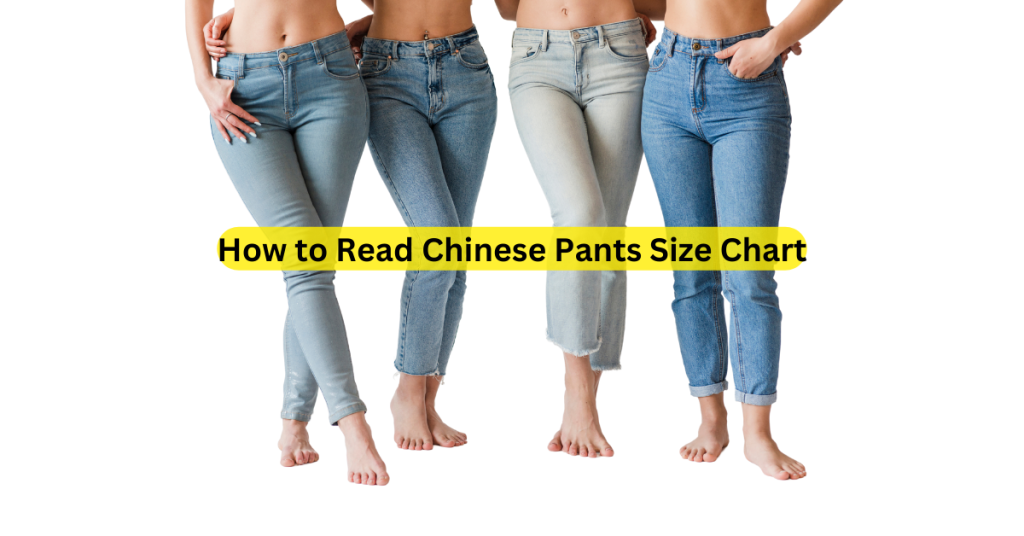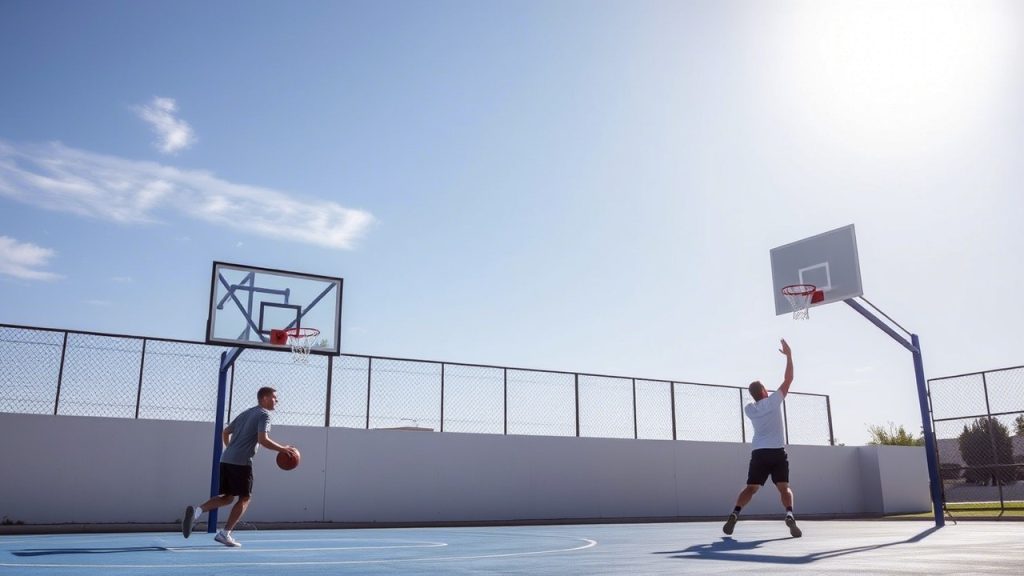Long horseback rides are a dream for many equestrians, offering a chance to connect with nature and bond with your horse. However, extended time in the saddle can lead to strain, discomfort, or even injury for both rider and horse if the saddle isn’t optimized for comfort and fit. A well-designed saddle setup can make all the difference, reducing physical stress and enhancing endurance. We present the 15 best horse riding saddle ideas to reduce strain on long rides, helping you and your horse stay comfortable and perform at your best.
This blog post is packed with practical tips, expert advice, and innovative solutions to minimize strain during extended rides. Whether you’re a trail rider, endurance competitor, or casual equestrian, these ideas will help you enjoy longer, more comfortable rides. Let’s dive in and explore how to make every journey strain-free!
Why Reducing Strain Matters on Long Rides
Before we delve into the ideas, let’s understand why reducing strain is crucial. Long rides amplify the impact of a poorly fitted or uncomfortable saddle. For the horse, this can mean saddle sores, muscle fatigue, or behavioral issues like resistance. For the rider, strain can manifest as back pain, hip discomfort, or reduced control, making rides less enjoyable.
A strain-reducing saddle:
- Distributes weight evenly to prevent pressure points.
- Supports rider posture to minimize fatigue.
- Allows the horse to move freely without restriction.
- Enhances communication and trust between horse and rider.
15 Best Horse Riding Saddle Ideas to Reduce Strain on Long Rides
1. Schedule a Professional Saddle Fitting
A properly fitted saddle is the cornerstone of strain-free riding. An ill-fitting saddle can cause pressure points and restrict movement, leading to discomfort over long distances.
How to Do It:
- Hire a certified saddle fitter, ideally registered with the Society of Master Saddlers (SMS).
- Request a static and dynamic fitting to evaluate the saddle at rest and during movement.
- Ensure the gullet clears the horse’s spine and the panels provide even contact.
Why It Reduces Strain:
A professional fitting eliminates pinching and uneven pressure, instantly reducing strain for both horse and rider.
Pro Tip: Check saddle fit every 6–12 months, as your horse’s shape may change with training or seasons.
2. Choose a Discipline-Specific Saddle
Saddles designed for specific disciplines, like endurance or trail riding, are optimized for long rides, reducing strain through tailored features.
How to Do It:
- Identify your riding style (e.g., endurance, trail, or western).
- Select a saddle suited to your needs:
- Endurance Saddles: Lightweight with padded seats for long-distance comfort.
- Western Saddles: Deep seats and wide fenders for stability.
- Australian Stock Saddles: Ideal for rugged terrain but may limit rising trot.
- Test saddles with a fitter to confirm compatibility.
Why It Reduces Strain:
Discipline-specific saddles align with your riding posture and horse’s movements, minimizing stress during extended periods.
Pro Tip: Look for endurance saddles with extra D-rings for gear storage.
3. Opt for a Lightweight Saddle
Heavy saddles increase strain on your horse’s back over long rides. Lightweight options reduce fatigue and improve balance.
How to Do It:
- Choose saddles made from synthetic materials or lightweight leather, like the HILASON Flex Tree Western Saddle.
- Ensure the saddle maintains structural integrity and proper fit.
- Avoid overloading with heavy accessories.
Why It Reduces Strain:
A lighter saddle reduces the load on your horse’s back, allowing for freer movement and less muscle fatigue.
Pro Tip: Pair with a lightweight saddle pad to further reduce weight.
4. Use an Adjustable Gullet Saddle
Saddles with adjustable gullets or panels adapt to your horse’s changing conformation, ensuring a consistent fit over long rides.
How to Do It:
- Select saddles with systems like the Easy-Change Fit Solution.
- Adjust the gullet to match your horse’s current shape, especially after weight changes.
- Consult a fitter for precise adjustments.
Why It Reduces Strain:
Adjustable saddles maintain proper fit, preventing strain from shifting or pinching during long rides.
Pro Tip: The Acerugs Premium Black Leather English Saddle offers affordable adjustable features.
5. Invest in a High-Quality Saddle Pad
A well-designed saddle pad provides cushioning and shock absorption, reducing strain on your horse’s back.
How to Do It:
- Choose pads with moisture-wicking fabrics and gel or foam inserts.
- Ensure the pad fits both saddle and horse, with the front just ahead of the withers.
- Consider pads like the Contour Saddlery VersaFit™ for customizable fit.
Why It Reduces Strain:
A quality pad distributes weight evenly and minimizes friction, reducing strain instantly.
Pro Tip: Clean pads regularly to prevent dirt buildup, which can cause irritation.
6. Optimize Saddle Flocking
Flocking inside saddle panels affects fit and comfort. Compressed or uneven flocking can create pressure points over long rides.
How to Do It:
- Have a fitter adjust flocking to match your horse’s back contours.
- Avoid over- or under-flocking to maintain balance.
- Consider foam panels for low maintenance, though flocking is more adjustable.
Why It Reduces Strain:
Proper flocking ensures even weight distribution, eliminating strain from pressure points.
Pro Tip: Schedule flocking checks every 6 months to maintain comfort.
7. Add a Padded Seat Saver
A padded seat saver enhances rider comfort, reducing strain on your hips and lower back during long rides.
How to Do It:
- Choose a seat saver with gel or foam padding for extra cushioning.
- Ensure it fits securely over your saddle’s seat.
- Test for comfort during a short ride before a long journey.
Why It Reduces Strain:
Seat savers absorb impact, reducing rider fatigue and strain on long rides.
Pro Tip: Pair with core-strengthening exercises like Pilates to improve posture.
8. Use Non-Slip Grip Pads
Non-slip grip pads stabilize your legs and seat, reducing muscle strain from constant repositioning.
How to Do It:
- Attach grip pads to the saddle’s flaps or seat.
- Choose materials like suede or silicone for secure grip.
- Practice riding with pads to adjust your balance.
Why It Reduces Strain:
Grip pads minimize slipping, allowing you to maintain a relaxed, strain-free posture.
Pro Tip: Ensure pads are clean to maintain their grip.
9. Select a Saddle with Premium Materials
Saddles made from high-quality leather or durable synthetics mold to your body and horse, reducing strain over time.
How to Do It:
- Choose soft, supple leather or UV-resistant synthetics like microfiber.
- Ensure the saddle tree is sturdy and fits your horse’s back.
- Consider lightweight synthetic options for long rides.
Why It Reduces Strain:
Premium materials provide comfort and durability, reducing friction and strain.
Pro Tip: Clean synthetics with water first to avoid greasy residue.
10. Try a Treeless Saddle
Treeless saddles conform to your horse’s back, offering flexibility and reducing strain for unique conformations.
How to Do It:
- Test a treeless saddle with a fitter to ensure proper weight distribution.
- Pair with a rigid saddle pad for added support.
- Monitor your horse’s response during long rides.
Why It Reduces Strain:
Treeless saddles adapt to your horse’s movements, minimizing restriction and strain.
Pro Tip: Avoid treeless saddles for heavy riders unless paired with a supportive pad.
11. Incorporate Shock-Absorbing Stirrups
Stirrups with shock-absorbing features reduce strain on your knees and ankles during long rides.
How to Do It:
- Choose stirrups with flexible joints or padded treads, like MDC Intelligent Stirrups.
- Adjust stirrup length to maintain a relaxed leg position.
- Test for comfort on a short ride.
Why It Reduces Strain:
Shock-absorbing stirrups cushion impact, reducing joint strain for riders.
Pro Tip: Keep stirrups clean to ensure smooth movement.
12. Practice Preventive Care for Saddle Sores
Saddle sores cause significant strain for horses on long rides. Preventing and treating them is essential.
How to Do It:
- Groom your horse thoroughly before and after rides.
- Use antimicrobial treatments like Vetericyn Plus for sores.
- Check tack fit to prevent rubbing.
Why It Reduces Strain:
Preventing sores keeps your horse comfortable, reducing behavioral strain.
Pro Tip: Monitor your horse’s back for heat or swelling after rides.
13. Maintain Proper Rider Posture
Good posture reduces rider strain and improves communication with your horse.
How to Do It:
- Practice “riding on your thigh” to distribute weight evenly.
- Use core-strengthening exercises like yoga to support posture.
- Check saddle balance to ensure it supports your position.
Why It Reduces Strain:
Proper posture minimizes muscle fatigue and strain, enhancing endurance.
Pro Tip: Take breaks to stretch during long rides.
14. Perform Regular Saddle Maintenance
A well-maintained saddle ensures consistent fit and comfort, reducing strain over time.
How to Do It:
- Clean and condition leather saddles to maintain suppleness.
- Inspect for wear, like loose stitching or cracked leather.
- Store in a dry, temperature-controlled environment.
Why It Reduces Strain:
Maintained saddles fit better, reducing friction and strain.
Pro Tip: Use a saddle cover to protect from dust.
15. Use a Balanced Saddle Tree
A balanced saddle tree ensures even weight distribution, critical for reducing strain on long rides.
How to Do It:
- Choose saddles with a tree designed for your horse’s back shape.
- Work with a fitter to confirm tree width and balance.
- Avoid saddles with twisted or uneven trees.
Why It Reduces Strain:
A balanced tree prevents uneven pressure, reducing strain for both horse and rider.
Pro Tip: Test saddle balance by placing it on your horse without a pad to check alignment.
How to Implement These Ideas for Long Rides
To reduce strain effectively, follow this plan:
- Day 1: Book a professional saddle fitting and assess your current saddle.
- Day 2: Research lightweight, discipline-specific saddles.
- Day 3: Purchase a high-quality saddle pad and groom your horse.
- Day 4: Adjust flocking and add a seat saver or grip pads.
- Day 5: Test a treeless saddle or upgrade to premium materials.
- Day 6: Incorporate shock-absorbing stirrups and treat any sores.
- Day 7: Perform saddle maintenance and practice posture exercises.
Combining these ideas will significantly reduce strain, making long rides more enjoyable.
FAQs About Reducing Strain with Horse Riding Saddles
1. How do I know if my saddle is causing strain?
Signs include horse resistance, saddle sores, or rider discomfort. A professional fitter can diagnose fit issues.
2. What’s the best saddle for long trail rides?
Endurance or western saddles with padded seats and lightweight designs are ideal for reducing strain.
3. Can a saddle pad reduce strain?
Yes, pads with shock-absorbing foam or gel distribute weight evenly, minimizing strain.
4. How often should I adjust saddle flocking?
Check flocking every 6 months or after changes in your horse’s shape to prevent strain.
5. Are treeless saddles good for long rides?
Treeless saddles can reduce strain for some horses but require a supportive pad for heavy riders.
6. How can I prevent saddle sores on long rides?
Groom thoroughly, ensure proper fit, and use antimicrobial treatments to prevent sores.
7. Do shock-absorbing stirrups help with rider strain?
Yes, they cushion impact, reducing strain on knees and ankles during long rides.
8. What materials reduce saddle strain?
Premium leather or synthetics like microfiber provide comfort and durability, reducing friction.
9. How does posture affect strain on long rides?
Poor posture causes muscle fatigue. Core exercises and balanced saddles improve posture and reduce strain.
10. How much does a professional saddle fitting cost?
Costs range from $100–$300, depending on the fitter and location. Contact SMS-registered fitters for quotes.
Conclusion
Long rides should be a joy, not a strain. By applying these 15 best horse riding saddle ideas to reduce strain on long rides, you can transform your experience and keep your horse healthy and happy. From professional fittings to lightweight saddles and proper maintenance, these tips are practical and effective.
Ready for strain-free adventures? Start with a saddle fitting, invest in quality pads, and prioritize posture. Your horse will thank you, and you’ll love every mile. Share your favorite tips in the comments, and happy riding!





